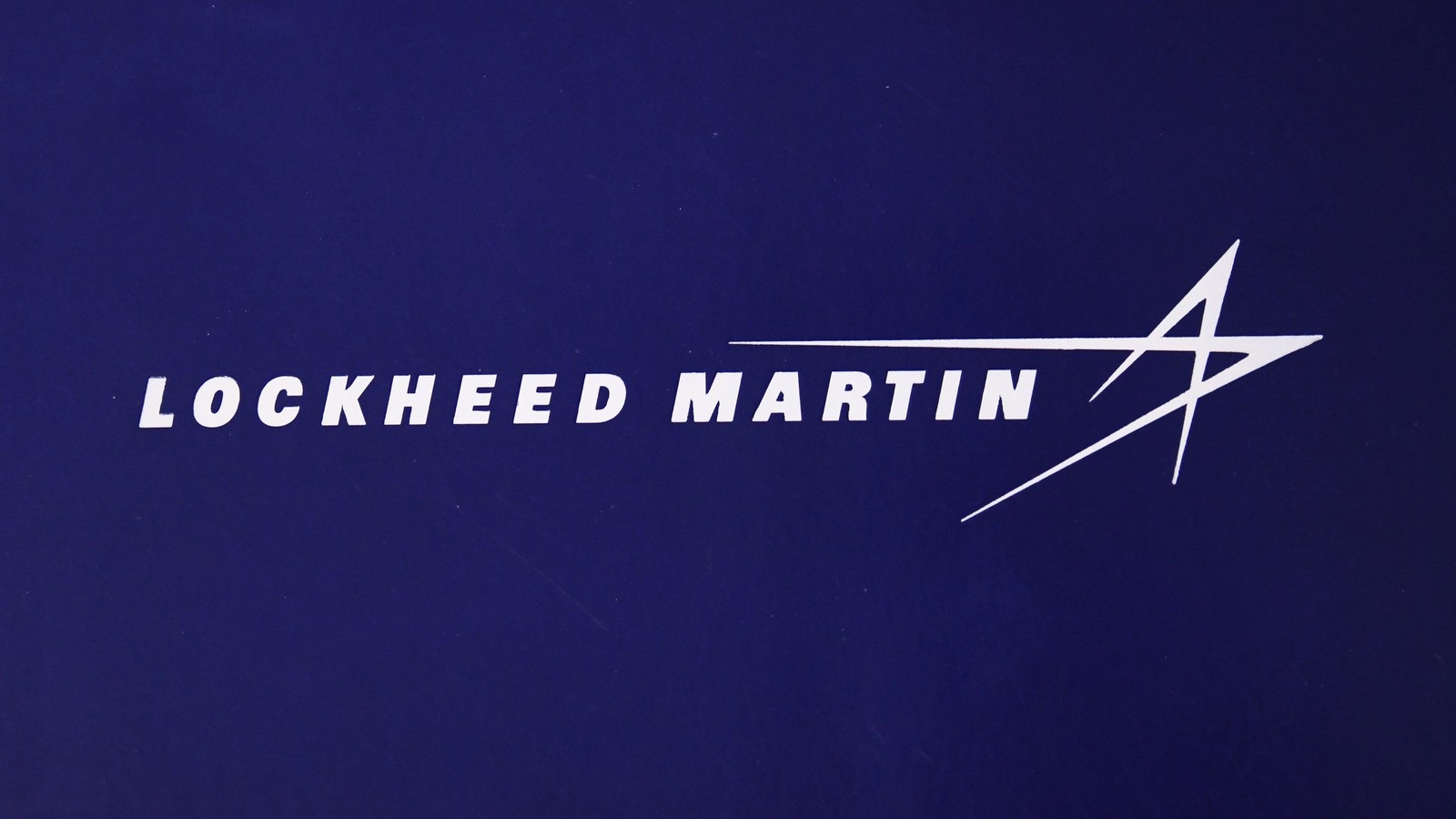
The company also added that production capacity has been increased from 48 to 60 units annually, with solid plans to reach an ambitious target of 96 units per year by the end of 2024.
To meet this demand, the company has had to increase tooling and maximize space within its footprint. Lockheed Martin is also working with its leading supply chain to increase production and advance capital to reduce lead times.
The company's determination to produce 96 units per year, expected to be maintained from the end of this year, is almost a year ahead of the previously planned timeline for this target, showing an impressive production acceleration.
Defense analyst Colby Badhwar noted that the initial 2024 maximum rate target was 72 aircraft per year, and the 96 aircraft per year mark is expected to be reached no earlier than October 2025.
In addition to HIMARS, production of the Javelin shoulder-fired anti-tank missile system has increased to 2,400. By the end of 2026, the company hopes to double Javelin production to 3,960 units per year.
This year, the company will deliver more than 10,000 guided multiple launch missile systems (GMLRS), with plans to increase production to 14,000 per year by 2025.
Furthermore, Lockheed announced that the company has committed to investing to increase the annual production rate of PAC-3 MSE air defense missiles to 650 by 2027.
With the ability to launch up to six MLRS missiles or one ATACMS short-range tactical missile, HIMARS provides a responsive defense capability.
With a weight of up to 10,886kg and a maximum speed of 85km/h, the system ensures rapid deployment in conflict zones, enhancing operational flexibility.
With ranges extended to 45km for the ER-MLRS missile, 70km for the advanced GMLRS missile, and 300km for tactical missiles, HIMARS provides a wide range to engage targets at long distances, strengthening military efforts across various terrains.
Crewed by a three-man crew, HIMARS maintains a compact design, measuring 5,046m in length and 2,251m in height.
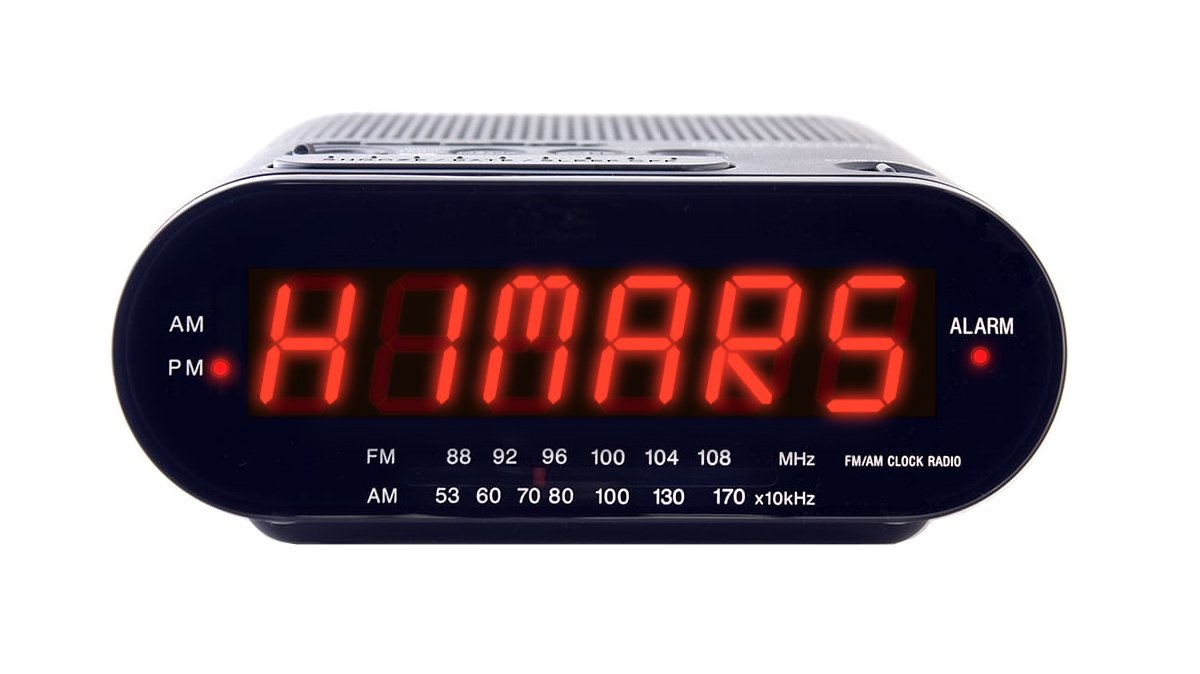
Widely used by a large number of countries around the world , including Romania, Singapore, Ukraine, Poland and the United States, HIMARS has gained international recognition for its adaptability and effectiveness. Countries such as Australia, Taiwan, Estonia, Italy, Morocco and Lithuania are some of the countries that are expected to operate the system in the future.
Lockheed Martin plans to ramp up HIMARS production to 96 per year, a significant increase from the current 60.
Source



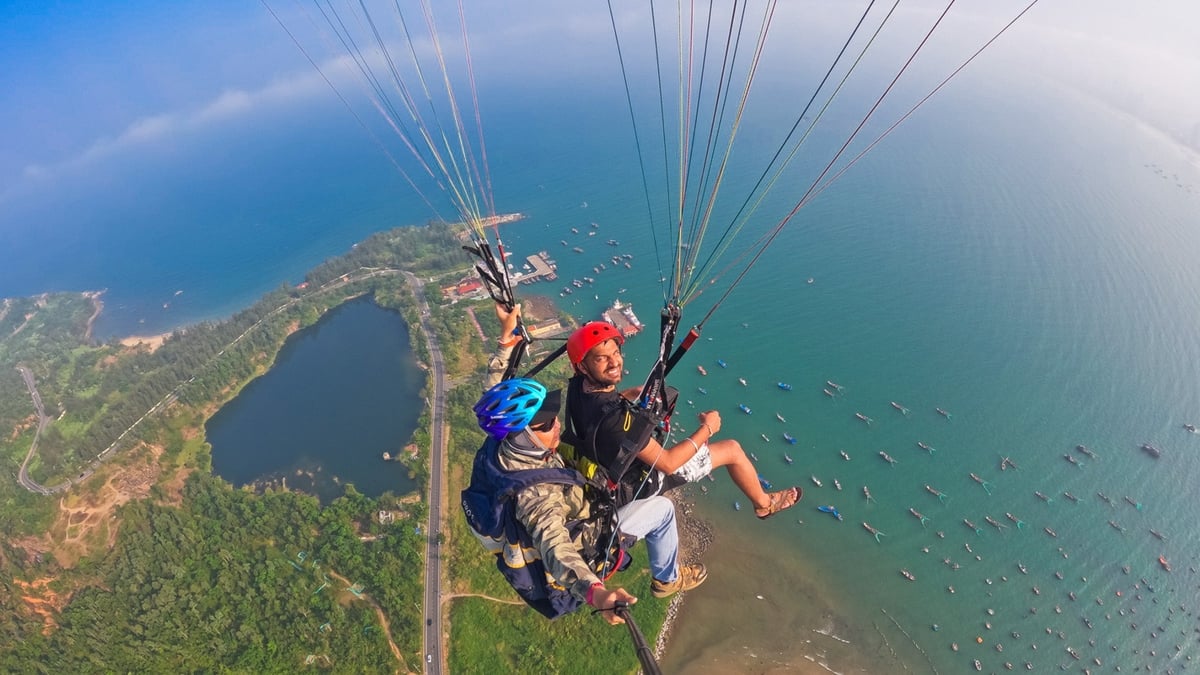



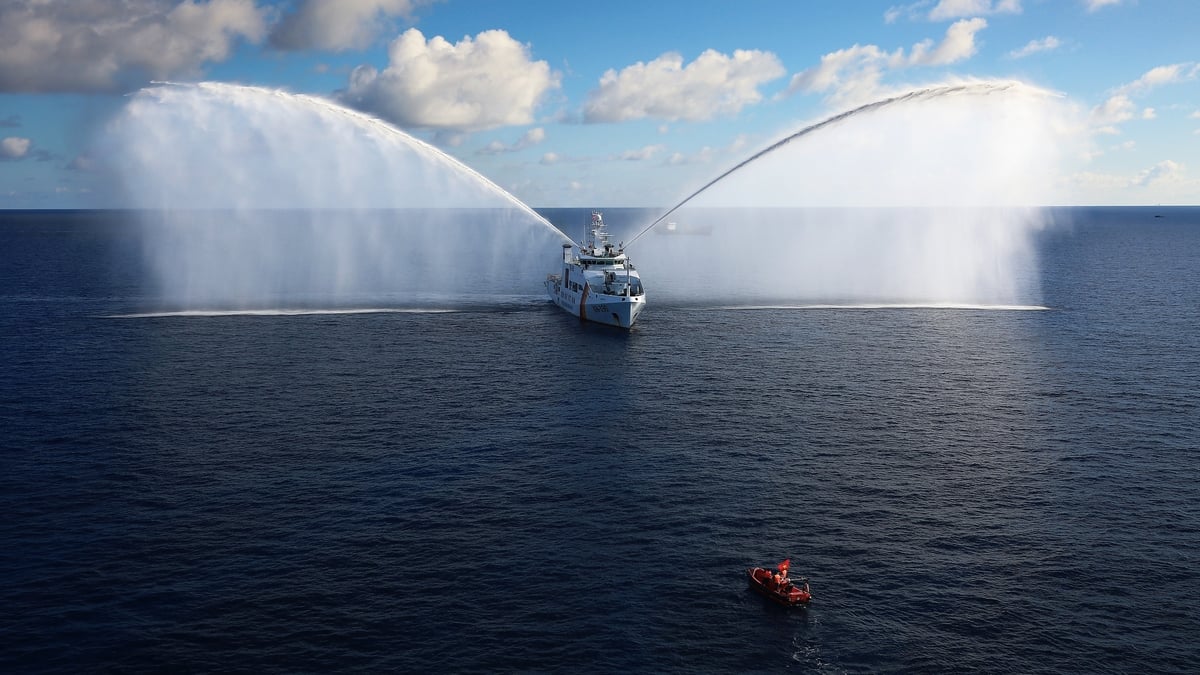



































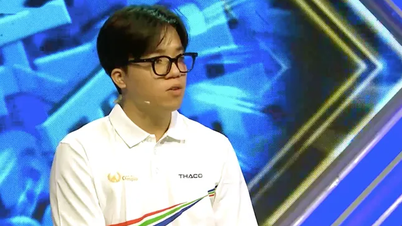


































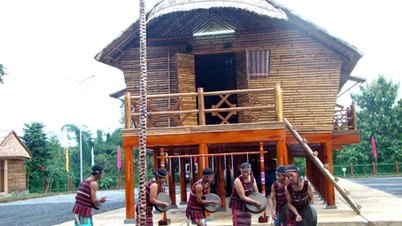














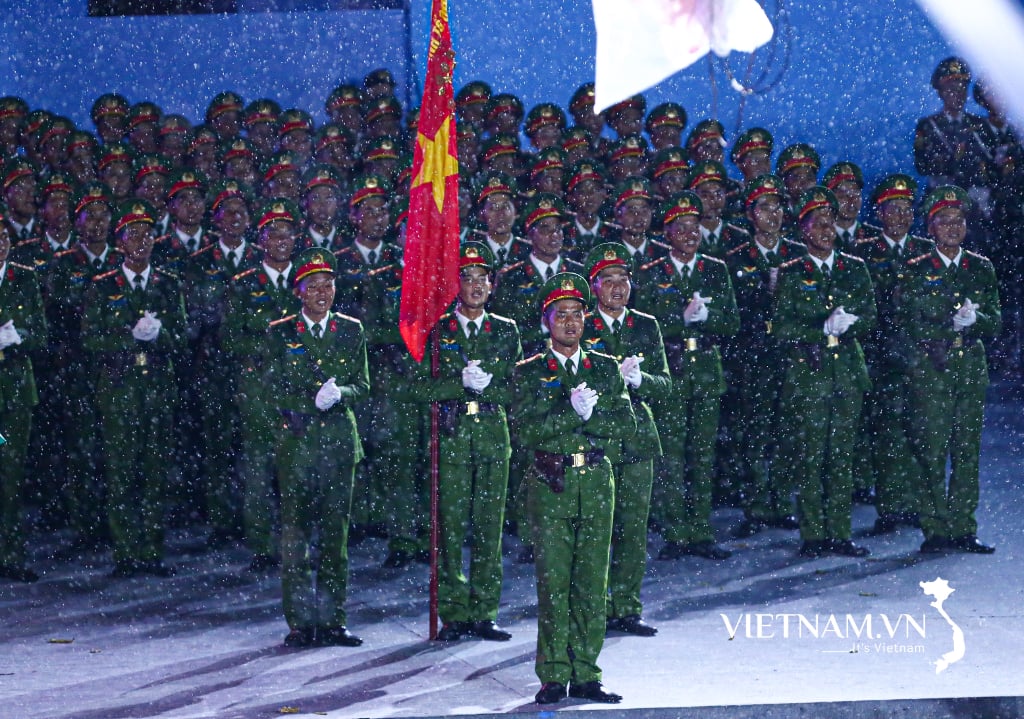

Comment (0)